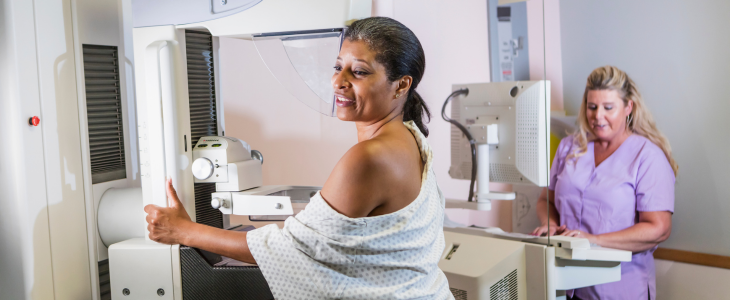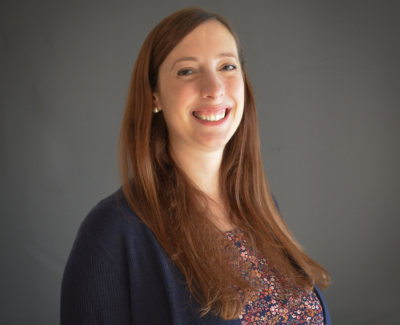New guidance calls for all women to get mammograms starting at age 40

June 28, 2024
By Bill Daehler
New guidance recommends all women get screened for breast cancer every other year starting at age 40. The recommendation issued by the United States Preventive Services Task Force (USPSTF) comes alongside a new systematic evidence review and modeling study published in JAMA that helped inform the updated recommendations.
The USPSTF recommendation updates previous guidance suggesting that women in their 40s should make an individual decision about when to start screening based on their health history and preferences, being sure to start no later than age 50, and ending at age 74. The draft guidelines were released for comment in 2023. By shifting the recommended age for all women to begin screenings to 40, experts hope to reduce breast cancer mortality.
The USPSTF released FAQs about the Task Force’s recommendations for breast cancer screening.
Nearly 43,000 women die from breast cancer each year, according to the National Cancer Institute.
“Screening mammography has been shown to reduce breast cancer mortality, but recent evidence on when to start or stop screening was limited. The Task Force recommendations were informed by a comprehensive evidence review and new modeling studies,” said Joy Melnikow, a UC Davis Health family medicine physician, contributor to the USPSTF evidence review and co-author of the systemic evidence review in JAMA.
Screening mammography has been shown to reduce breast cancer mortality, but recent evidence on when to start or stop screening was limited. —Joy Melnikow, professor emeritus in the Department of Family and Community Medicine at UC Davis.
Melnikow, a faculty affiliate at the UC Davis Center for Healthcare Policy and Research (CHPR), collaborated with the Kaiser Permanente Evidence-Based Practice Center on the systematic evidence review. Melnikow’s CHPR team included health policy analysts Meghan Weyrich and Marykate Miller.
Evidence informing the new guidance
The systematic evidence review compared different approaches to mammogram screening, such as intervals between screenings, the age at which screenings start and end, and screening modalities, as well as risks associated with screening. The review synthesized evidence from randomized clinical trials and nonrandomized studies.

Meghan Weyrich, health policy analyst at the Center for Healthcare Policy and Research.
The review findings highlight critical health equity concerns that must be addressed.
“Research has found that Black women have the highest mortality rates from breast cancer despite a lower overall breast cancer incidence,” said Weyrich. "However, in the limited set of comparative effectiveness studies identified for the evidence review, nearly all were conducted in majority Non-Hispanic White populations and lacked sufficient power to make meaningful comparisons among Black, Hispanic, Asian, or American Indian and Alaska Native women.”
The recommendation noted that the evidence is not yet available to provide different screening guidance for specific populations because of a lack of research in key areas on the relative benefits of different approaches to breast cancer screening in different groups. The USPSTF remains concerned about inequities and issued an urgent call for research into health disparities in screenings and treatment among Black, Hispanic, Latina, Asian, Pacific Islander, Native American and Alaska Native women.
The Center for Healthcare Policy and Research’s mission is to facilitate research, promote education, and inform policy about health and health care. The goal is to improve the health of the public by contributing new knowledge about access, delivery, cost, quality and outcomes related to health care and providing rigorous evidence to policymakers and other stakeholders. CHPR executes its mission through interdisciplinary and collaborative research; education and career development; and research synthesis and dissemination.

